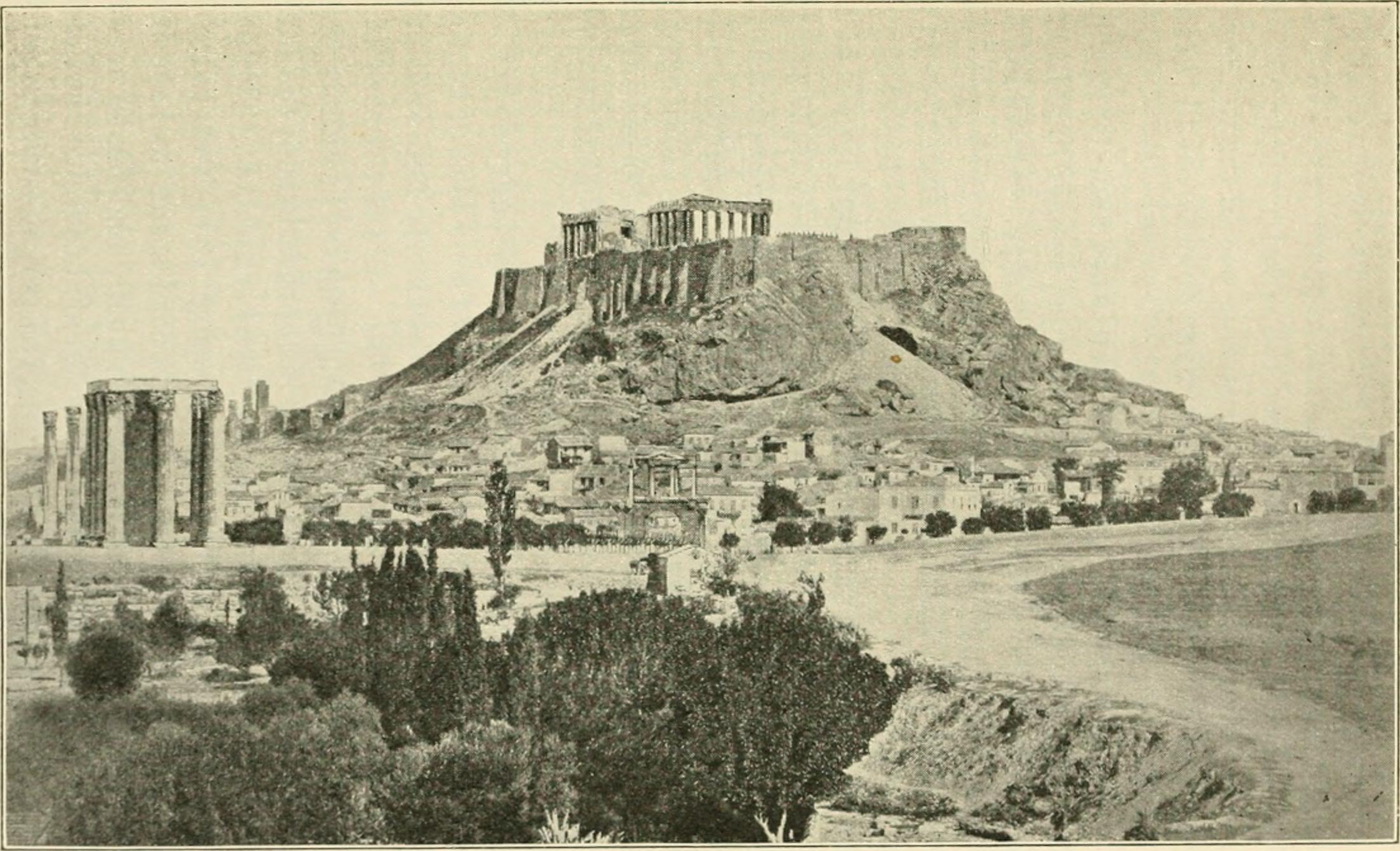Search Results - Frantz, Alison
Alison Frantz
 | death_date =
| education =
| workplaces =
| birth_name = Mary Alison Frantz
| death_place = New Brunswick, New Jersey, US
| birth_place = Duluth, Minnesota, US
| module =
| doctoral_advisor = Charles Rufus Morey
| known_for = Photography of archaeological sites and artifacts, particularly in the Athenian Agora
}}
| death_date =
| education =
| workplaces =
| birth_name = Mary Alison Frantz
| death_place = New Brunswick, New Jersey, US
| birth_place = Duluth, Minnesota, US
| module =
| doctoral_advisor = Charles Rufus Morey
| known_for = Photography of archaeological sites and artifacts, particularly in the Athenian Agora
}}Mary Alison Frantz (September 27, 1903 – February 1, 1995) was an American archaeological photographer and a Byzantine scholar. She is best known for her work as the official photographer of the excavations of the Agora of Athens, and for her photographs of ancient Greek sculpture, including the Parthenon frieze and works from the Temple of Zeus at Olympia.
Frantz was born in Minnesota. Following her father's early death, she lived briefly in Scotland, where she first took an interest in photography. She studied classics at Smith College, graduating in 1924. She first visited Greece in 1925 and held a fellowship at the American School of Classical Studies at Athens (ASCSA) in 1929–1930. She carried out her doctoral research under Charles Rufus Morey, receiving her PhD from Columbia University in 1937. Frantz began working at the ASCSA's Agora excavations in January 1934. From 1935, she took on an increasing share of the excavation's photography, and was made its official photographer in 1939. She also took the first photographs of the Linear B tablets from the Mycenaean site of Pylos, images used for the first transcription of the tablets and consequently for the decipherment of Linear B. As part of her work in the Agora excavations, she excavated and restored the Church of the Holy Apostles, the site's last surviving Byzantine structure.
During the Second World War, Frantz joined the Office of Strategic Services (OSS). She worked as an assistant to Carl Blegen, another archaeologist turned agent, and gathered intelligence on European exiles in the United States. She served on an Allied commission to observe the Greek elections of 1946, worked for the US Information Service, and was subsequently the cultural attaché of the US embassy in Athens. In this capacity, she established the Fulbright Program in Greece.
Frantz left the Agora excavations in 1964. Her later work largely consisted of collaborations with archaeologists such as Gisela Richter, Martin Robertson and Bernard Ashmole. In 1967, she excavated a Roman tomb on Sikinos, overturning its traditional identification as a temple. Her publications included some of the earliest archaeological research into Ottoman Greece, as well as photography of archaic sculptures, Byzantine architecture and artifacts from the Aegean Bronze Age. She was considered among the foremost photographers of ancient Greek antiquities, and her work has been cited as a major influence on the scholarship and popular reception of classical Greece. Provided by Wikipedia


